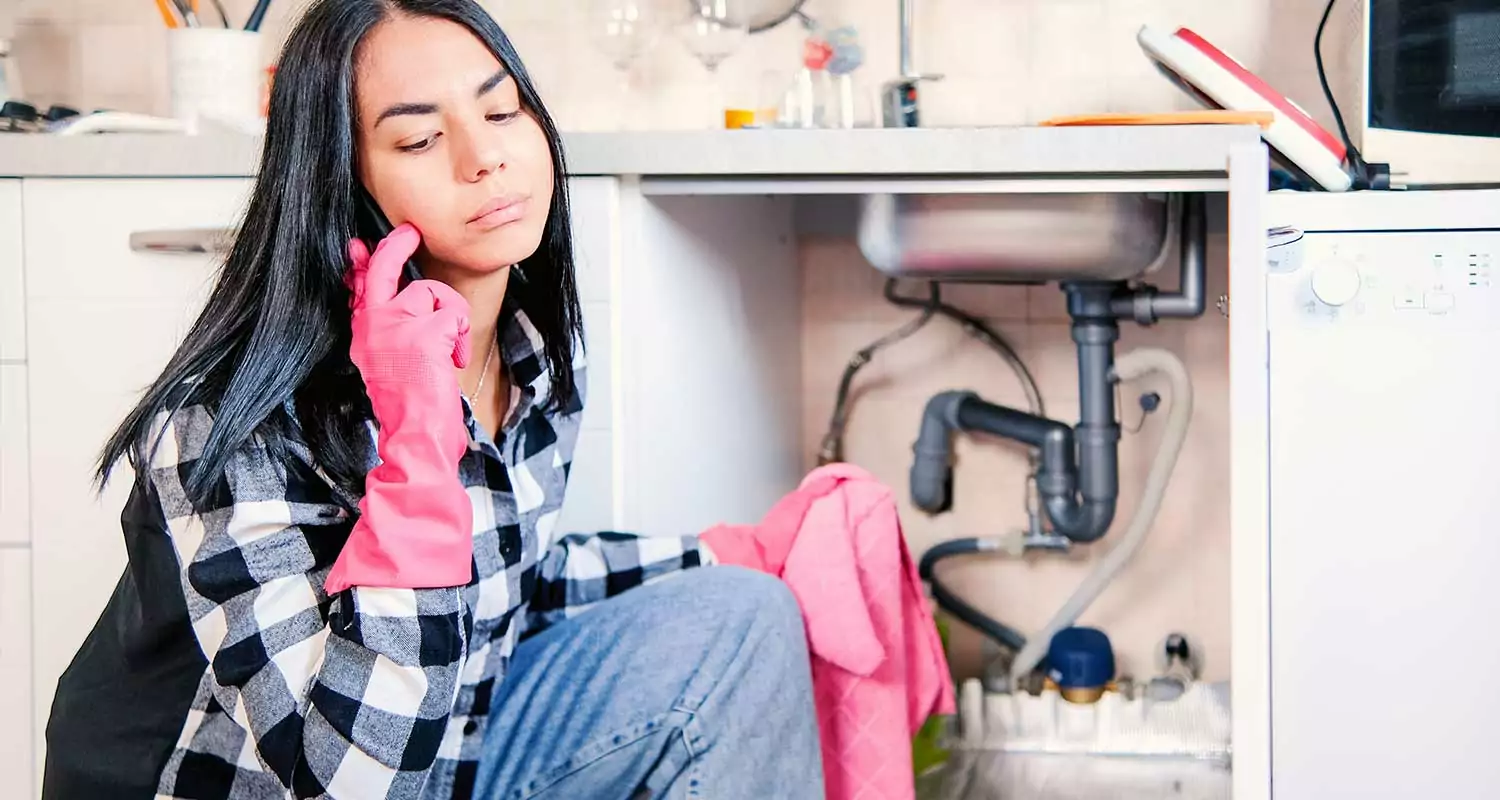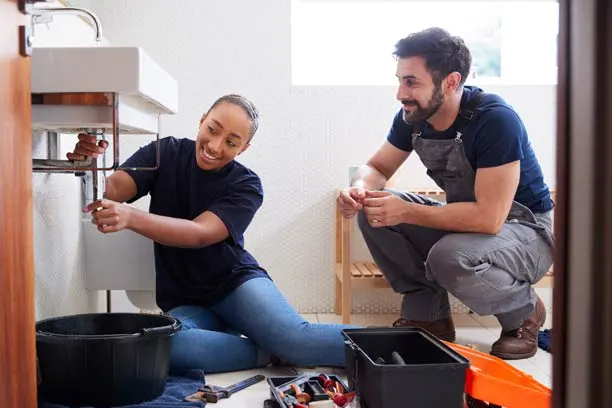When to Tackle Piping Issues On Your Own vs. When You Should Hire a Qualified Plumber
When to Tackle Piping Issues On Your Own vs. When You Should Hire a Qualified Plumber
Blog Article
This article below involving When to Call a Plumber? DIY or Professional Help is pretty much entertaining. Don't overlook it.

Introduction
Pipes concerns can vary from minor inconveniences to significant frustrations, frequently prompting house owners to decide between tackling the trouble themselves or calling a professional plumbing technician. Knowing when to do it yourself and when to seek specialist help can conserve time, money, and avoid potential calamities. This post checks out the aspects to consider when making this important choice.
Advantages of Do It Yourself Plumbing
Taking on pipes jobs on your own can be rewarding in numerous ways, particularly for easier projects.
Complexity of Tasks
Some pipes concerns call for specialized expertise and tools past normal homeowner capabilities. Messing up complex troubles can lead to more damage and pricey repair services.
Safety Concerns
Collaborating with plumbing systems involves risks such as direct exposure to water damages, potential for electric dangers, and handling tools inaccurately. Safety and security safety measures must be observed to avoid crashes and make sure efficient fixings.
Indicators to Call an Expert Plumbing Technician
Recognizing when a pipes problem goes beyond do it yourself capabilities is crucial to preventing aggravating problems.
Indications of Complex Concerns
Instances consist of:
Trigger professional treatment is required to resolve these problems efficiently and minimize damages.
DIY Plumbing Tips
For effective DIY pipes, it's necessary to be prepared with the right devices and follow correct procedures.
Fundamental Devices and Materials
Secret devices for do it yourself plumbing:
Step-by-Step Guides
Clear directions ensure secure and reliable do it yourself repairs:
Choosing the Correct Time to DIY
Establishing when to deal with pipes jobs yourself calls for evaluating both the complexity of the problem and individual comfort degrees.
Analysis Checklist
Think about:
Cost Cost savings
Do it yourself plumbing projects typically conserve cash by staying clear of professional service fees. Tasks like repairing minor leaks, replacing taps, or setting up new showerheads are examples where house owners can take care of fixings without working with a plumbing technician.
Skill Improvement
Engaging in do it yourself plumbing supplies an opportunity to learn and enhance useful skills. Standard tasks encourage homeowners to comprehend their plumbing systems far better and acquire self-confidence in taking care of small repairs separately.
Dangers of Do It Yourself Pipes
While do it yourself tasks use advantages, specific dangers need to be very carefully thought about prior to attempting repair work.
When to Definitely Call a Specialist
Certain scenarios require prompt expert interest to prevent considerable damage or security hazards.
Emergency Situations
Examples consist of:
Searching for and Working With a Specialist Plumbing
Selecting a certified plumbing technician ensures reliable service and comfort in fixing pipes concerns.
Requirements for Option
Aspects to consider:
Price Analysis: DIY vs. Professional Services
Comparing the financial effects of do it yourself efforts versus expert plumbing services aids in making educated decisions.
Financial Considerations
Evaluate:
Verdict
Deciding whether to do it yourself or call a specialist plumbing rests on recognizing the complexity of plumbing issues and personal capabilities. By evaluating the benefits and risks, home owners can make informed options that advertise efficient upkeep and secure their homes from plumbing calamities.
DIY Plumbing Projects: What Homeowners Can Do and When to Call a Professional
Welcome to our comprehensive guide on DIY plumbing projects. In this blog post, we aim to empower homeowners with the knowledge and skills to tackle basic plumbing tasks around the house. From unclogging drains to fixing a leaky faucet, we’ll walk you through step-by-step instructions on how to handle these common issues.
However, not all plumbing problems can or should be solved with a DIY approach. Recognizing when a problem is beyond your skill level and requires professional intervention is just as important as knowing how to perform basic tasks. We’ll also discuss the signs that indicate it’s time to put down your tools and pick up the phone to call a professional plumber. By understanding when to DIY and when to call a professional, you can save time, avoid potential disasters, and ensure your home’s plumbing system remains in top shape.
Understanding Plumbing Basics
Before we dive into the DIY projects, let’s take a moment to understand the basics of your home’s plumbing system. A typical residential plumbing system consists of two major components: the water supply system, which brings fresh water into your home, and the drainage system, which removes waste water. These systems are made up of a network of pipes, valves, and fixtures that work together to deliver clean water and dispose of waste efficiently.
Regular maintenance of your plumbing system is crucial to prevent minor issues from escalating into major problems. This includes tasks like checking for leaks, removing minor clogs, and ensuring your pipes are insulated for winter. By performing these tasks regularly, you can extend the lifespan of your plumbing system, save money on water bills, and maintain the comfort and hygiene of your home.
In the following sections, we’ll explore some common DIY plumbing projects that homeowners can handle, as well as situations that require the expertise of a professional plumber. Whether you’re a seasoned DIY enthusiast or a beginner, this guide will provide you with valuable insights into the world of home plumbing.
DIY Plumbing Projects Homeowners Can Handle
Plumbing may seem intimidating, but there are several tasks that homeowners can confidently tackle with a little guidance and the right tools. Here are a few common issues you might encounter and how to address them.
Unclogging Drains
Use a Plunger: This is your first line of defense. A good old-fashioned plunger can dislodge the obstruction and clear the drain in many cases. Try a Plumber’s Snake or Hand Auger: If the plunger doesn’t work, a plumber’s snake or hand auger can reach deeper into the pipe to break up the clog. Use a Drain Cleaner: If physical methods fail, a chemical drain cleaner can dissolve the clog. However, use these products sparingly as they can damage your pipes if overused.

As a keen reader on , I imagined sharing that piece of content was worth the trouble. Sharing is caring. One never knows, you may be doing someone a favor. Thank-you for your time spent reading it.
Call Today Report this page